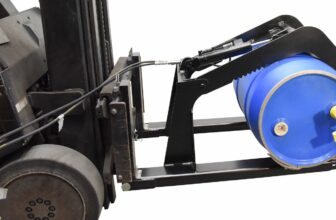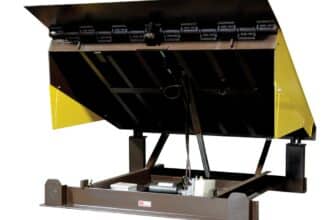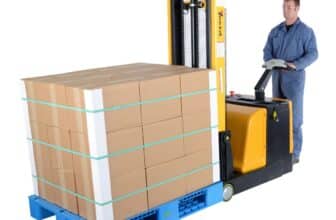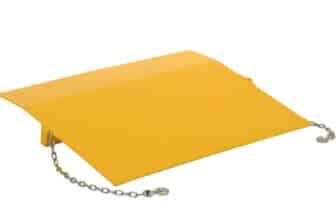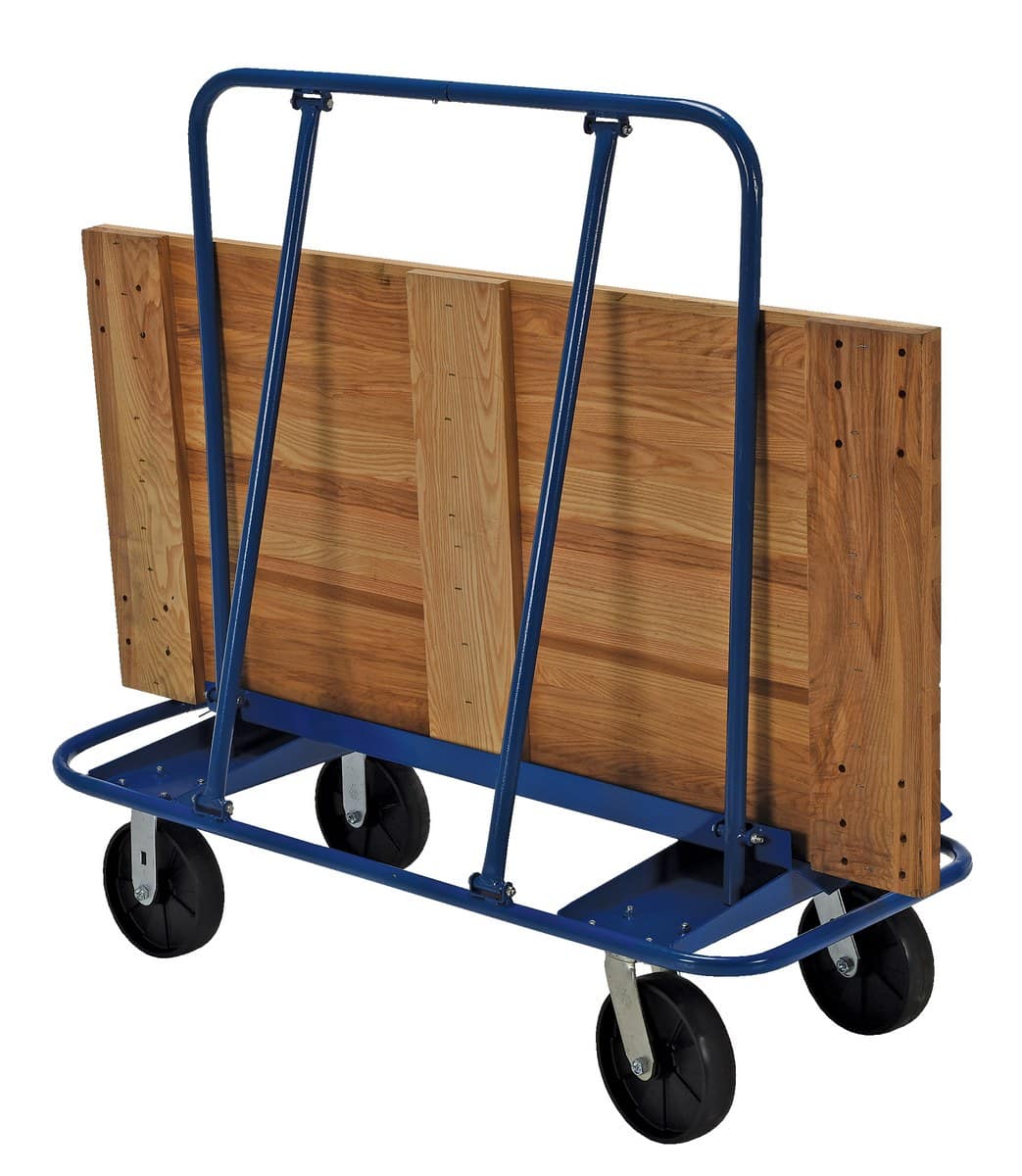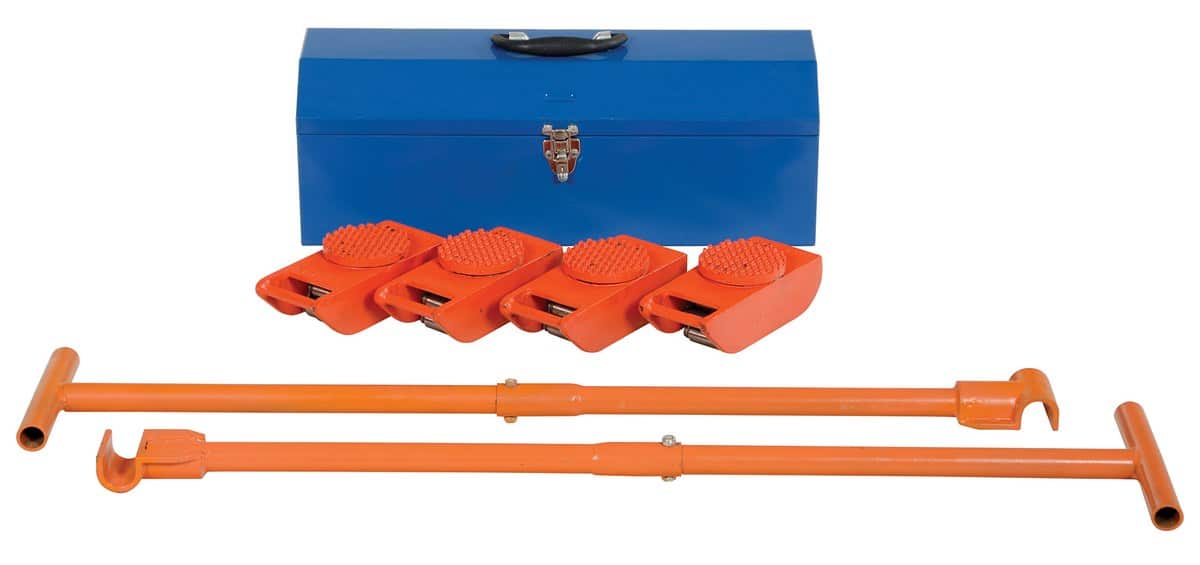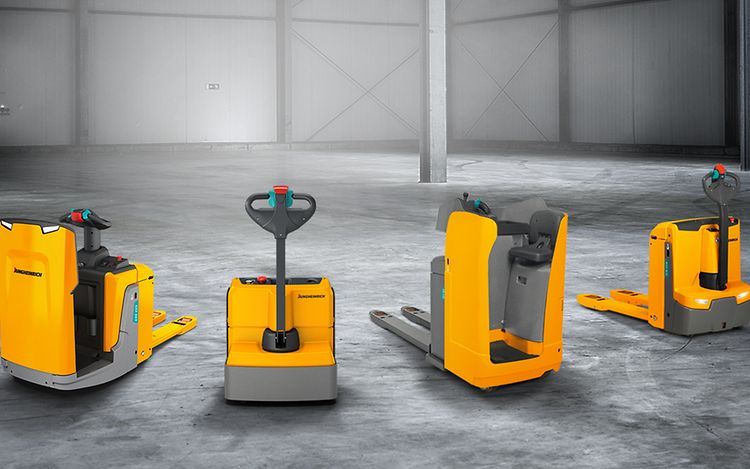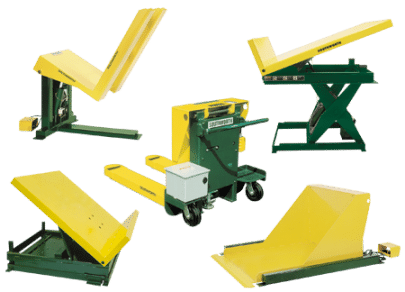
Tilters are versatile material handling equipment designed to improve efficiency and ergonomics in various industries. With their ability to tilt loads, such as boxes, containers, and pallets, they offer numerous benefits, including easier access to contents, improved ergonomics for operators, and enhanced workflow. In this comprehensive article, we will delve into the world of tilters, exploring different types, applications, and advantages they bring to the table.

Understanding Tilters
Tilters, also known as box tilters, container tilters, or pallet tilters, are specialized machines designed to tilt loads, enabling easy access and manipulation of their contents. These devices feature a platform or cradle that securely holds the load, which can be tilted to various angles, allowing operators to reach items or adjust the orientation of the load.
Key Features of Tilters
Tilters are versatile material handling equipment that offer several key features to enhance efficiency and safety in various industries. These key features make tilters versatile and adaptable to a wide range of material handling tasks. By providing precise control, accommodating different load capacities, prioritizing operator safety, and offering various control options, tilters enhance efficiency and contribute to a safer working environment.
- Tilting Mechanism: Tilters are equipped with a robust tilting mechanism, typically powered by hydraulic or electric systems. This mechanism allows controlled and precise tilting of the load, providing optimal access to its contents. The tilting angle can be adjusted according to the specific requirements of the application, allowing for easy retrieval or repositioning of items.
- Load Capacity: Tilters are available in a range of load capacities to accommodate different weight requirements. Whether you need to tilt small boxes or handle heavy pallets, there are tilters designed to handle various load sizes. From small-scale box tilters to heavy-duty pallet tilters, these machines can be tailored to meet the demands of different applications and industries.
- Safety Features: Operator safety is a top priority in tilter design. Tilters come equipped with various safety features to minimize the risk of accidents during tilting operations. These may include interlocking systems that prevent tilting when certain conditions are not met, emergency stop buttons for immediate halting of the tilting motion, and safety cages or barriers to protect operators from potential hazards.
- Control Options: Tilters offer different control options to suit the preferences and needs of operators. Manual controls, such as levers or handwheels, are commonly found in tilters, providing a straightforward and reliable control mechanism. Foot pedals are another popular option, allowing operators to keep their hands free while operating the tilter. Advanced electronic control systems may also be available in some models, offering additional features like programmable tilting angles and integration with other material handling equipment.
Types of “Tilters”
Each type of tilter serves a specific purpose and offers advantages in various industries. By selecting the appropriate tilter type based on the load size, industry requirements, and ergonomic considerations, businesses can significantly enhance their material handling processes and improve overall efficiency.
- Box Tilters: Box tilters are specifically designed to tilt boxes or containers, allowing easy access to their contents. These tilters are commonly used in industries such as warehousing, distribution centers, and manufacturing, where handling bulk quantities of boxed items is a regular requirement. By tilting the boxes, workers can efficiently retrieve items, perform inspections, or facilitate the sorting process.
- Container Tilters: Container tilters are designed to tilt large containers or bins used in industrial settings. These tilters are commonly used in industries where the handling of bulk materials, such as grains, aggregates, or recyclable materials, is necessary. By tilting the containers, workers can achieve efficient discharge or emptying of the contents, ensuring smooth material flow and reducing the need for manual labor.
- Drum Tilters: Drum tilters are used for tilting drums or barrels, commonly used for storing liquids or granular materials. These tilters simplify the pouring or dispensing process by tilting the drums to the desired angle. Drum tilters are frequently employed in industries such as chemical processing, pharmaceuticals, and food and beverage, where controlled pouring or extraction of contents is crucial.
- Pallet Tilters: Pallet tilters are designed to tilt pallets, enabling efficient loading and unloading of materials. Industries such as logistics, warehousing, and manufacturing frequently employ pallet tilters. These tilters assist in manipulating palletized loads for improved access to items or repositioning of the pallets. They contribute to streamlining processes such as inventory management, order picking, and stock rotation.
- Bin and Tote Tilters: Bin and tote tilters serve the purpose of tilting smaller containers, bins, or totes. These specialized tilters find applications in industries such as automotive, pharmaceuticals, electronics, or any field where smaller parts or components are stored and transported in containers. By tilting the bins or totes, workers can easily access the contents, facilitating assembly processes, inventory management, or component retrieval with precision.
- Incline Tilters: Incline tilters, also known as tilting tables, are designed to tilt workstations or assembly areas at a specific angle. These tilters are used in industries where ergonomics and worker comfort are paramount, such as electronics assembly or packaging. Incline tilters allow operators to adjust the working surface to a comfortable angle, reducing strain and enhancing productivity.
- Gaylord Tilters: Gaylord tilters are specifically designed to tilt Gaylord containers, which are large, bulk containers commonly used for shipping or storage purposes. These tilters offer a convenient way to access the contents of Gaylord containers, facilitating efficient handling and processing. Industries involved in bulk material handling, such as manufacturing, recycling, or agriculture, often rely on Gaylord tilters to streamline operations and improve productivity.
Applications of “Tilters”
Tilters are versatile material handling equipment with widespread applications across various industries. They offer significant benefits in terms of efficiency, ergonomics, and safety. Let’s explore the diverse applications of tilters in different material handling sectors:
Warehousing and Distribution Centers
Tilters are extensively utilized in warehousing and distribution centers to improve access and handling of various types of loads. In these environments, tilters enable efficient retrieval of items from boxes, containers, or pallets. This facilitates order picking, inventory management, and loading/unloading processes, leading to increased productivity and reduced worker fatigue.
Manufacturing and Production
Tilters play a crucial role in manufacturing and production settings, where the handling of raw materials, components, or finished products is paramount. By tilting containers or pallets, operators can easily access and retrieve items, optimizing workflow and reducing strain on workers. Tilters enhance the efficiency of assembly lines, inventory control, and product distribution, contributing to smoother operations and improved productivity..
Retail and E-commerce
In the retail and e-commerce sectors, tilters assist in order fulfillment and inventory management. By tilting boxes or containers, employees can efficiently pick and pack items, reducing the time required for order processing. Tilters also facilitate easy access to products during inventory counting, ensuring accurate stock levels and streamlined operations in retail warehouses and e-commerce fulfillment centers.
Automotive Industry
The automotive industry extensively relies on tilters to handle various components, parts, and assemblies. Tilters allow workers to ergonomically tilt bins or totes, providing easy access to components during assembly or maintenance processes. This enhances efficiency, reduces handling time, and improves worker safety in automotive manufacturing and repair operations.
Pharmaceuticals and Healthcare
In the pharmaceutical and healthcare sectors, tilters are utilized for precise handling of containers, bins, or totes containing medications, medical supplies, or sensitive equipment. Tilters enable easy access to contents, improving inventory management, and ensuring efficient retrieval of critical items. The ergonomic design of tilters helps prevent repetitive strain injuries and enhances overall workplace safety.
Logistics and Freight
Tilters play a significant role in logistics and freight industries, where efficient loading and unloading of materials and goods are essential. Pallet tilters enable proper positioning and orientation of palletized loads for effective transportation and storage. Tilters also facilitate the tilting of Gaylord containers or bulk bins, enabling easy access to contents and efficient handling during shipping or storage.
Recycling and Waste Management
In recycling facilities and waste management centers, tilters are employed to handle bulk materials, waste bins, or containers. Tilters assist in emptying and tilting waste bins or containers for efficient sorting, processing, or disposal of recyclable materials or waste. This streamlines the recycling process and improves operational efficiency in recycling facilities.
Food and Beverage Industry
Tilters are widely used in the food and beverage industry for handling containers, bins, or totes containing ingredients, packaging materials, or finished products. Tilters assist in tilting bulk bins of ingredients for accurate dispensing or mixing. They also facilitate the emptying of containers or totes during product transfer or packaging processes, ensuring efficient handling and minimizing product waste.
Aerospace and Defense
In the aerospace and defense sectors, tilters are employed for the handling of large and bulky components, equipment, or tooling. Tilters assist in tilting containers or pallets to provide easy access to critical parts during assembly or maintenance operations. They improve efficiency by reducing the need for manual handling and improving ergonomic conditions for workers involved in aerospace manufacturing, maintenance, and repair tasks.
Agriculture and Horticulture
Tilters find applications in the agriculture and horticulture industries for the handling of produce, plants, or bulk materials. Tilters enable the tilting of containers, bins, or pallets to facilitate access and retrieval of agricultural products, such as fruits, vegetables, or grains, during processing or packaging. They also assist in tilting plant trays or pots for convenient plant handling and maintenance in nurseries or greenhouse environments.
Frequently Asked Questions (FAQs)
Where can I find “tilters” for sale?
Tilters can be purchased from specialized material handling equipment suppliers, industrial equipment dealers, or directly from manufacturers. Online marketplaces and industry trade shows are also good resources for finding tilters for sale.
What factors should I consider when selecting a “tilter”?
When selecting a tilter, consider factors such as the type and weight of loads you will be handling, the required tilt angle, safety features, control options, and compatibility with your existing material handling equipment.
Are “tilters” safe to use?
Yes, tilters are designed with safety features to ensure safe operation. However, it is crucial to provide proper training to operators and adhere to recommended operating procedures to minimize the risk of accidents.
Can “tilters” be customized for specific requirements?
Yes, many tilter manufacturers offer customization options to meet specific customer needs. This includes adapting load capacities, tilt angles, control systems, and incorporating additional safety features.
Conclusion
Tilters have revolutionized material handling processes across industries by providing efficient load tilting solutions. With their ability to tilt boxes, containers, pallets, bins, and totes, they enhance accessibility, improve ergonomics, and streamline workflow. Whether in warehousing, manufacturing, retail, or automotive industries, tilters offer significant advantages in terms of efficiency, productivity, and worker safety.
By understanding the different types of tilters available and their specific applications, businesses can make informed decisions when integrating this valuable equipment into their material handling operations. With proper training, adherence to safety protocols, and consideration of specific requirements, tilters can become indispensable tools in optimizing efficiency and enhancing overall productivity in the ever-evolving landscape of material handling.
#Tilters #BoxTilters #ContainerTilters #PalletTilters #MaterialHandling #Efficiency #Ergonomics #WarehouseOperations #Manufacturing #Logistics #InventoryManagement #Safety #LoadHandling #TilterForSale #BinTilters #ToteTilters #TilterMachine #GaylordTilters




